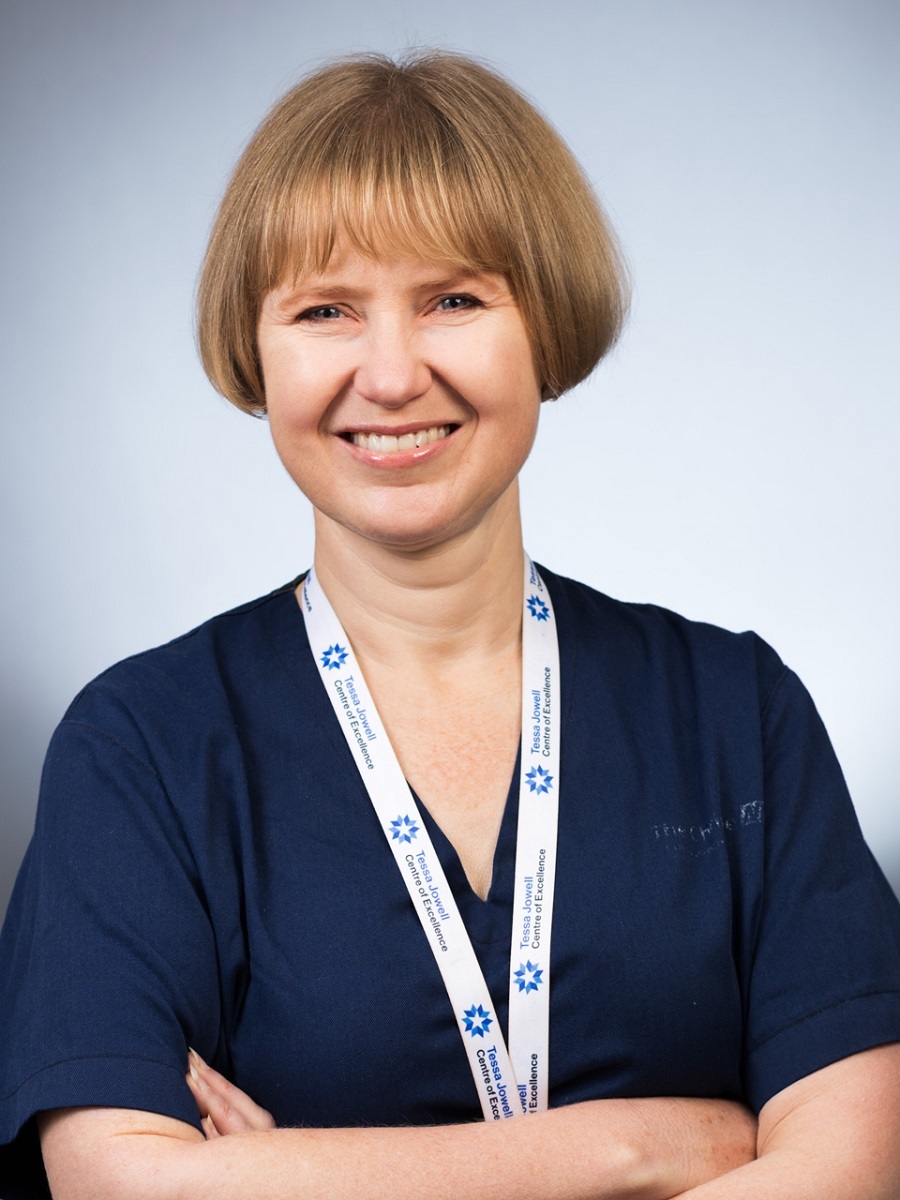The brain
The brain is one of the most complex organs in the human body. It is protected by the skull. Learn about the different parts of the brain and the spinal cord.
On this page
The brain and spinal cord
Together, the brain and the spinal cord are called the central nervous system (CNS).
The brain controls how we think, feel, learn and move. It also controls other important things in the body, such as breathing and heart rate. The brain is protected by the skull.
The spinal cord is a long bundle of nerves down the middle of the spine. It starts at the base of the brain and goes down to the small of the back. Messages between the brain and other parts of the body travel through the spinal cord. The spine is made of bones called vertebrae. They protect the spinal cord.
Nervous system - back view
The brain and spinal cord are also covered and protected by 3 layers of tissue (membranes) called the meninges. The area between 2 of these layers is called the subarachnoid space. This space contains a liquid called cerebrospinal fluid (CSF).
CSF also fills spaces inside the brain. These spaces are called ventricles. CSF makes a protective cushion for the brain. It also takes nutrients to the brain and removes waste products.
Nerve cells (neurons)
The brain and spinal cord are made up of billions of nerve cells called neurons. They form a network to communicate with each other. They use this to send chemical messages between the brain and other parts of the body.
Nerve cells are held in place and supported by glial cells. There are different types of glial cells including astrocytes, oligodendrocytes and ependymal cells.
Related pages
Parts of the brain
The main parts of the brain are the cerebrum, cerebellum, brain stem, cranial nerves and pituitary gland.
Side view of the brain
Cerebrum
This is the largest part of the brain and is made up of 2 halves, called hemispheres. The cerebrum controls thinking, memory, behaviour and personality. The right half of the cerebrum controls movement, feeling and vision on the left side of the body. The left half of the cerebrum controls the right side of the body.
Each half of the cerebrum is divided into 4 areas, called lobes:
-
The frontal lobe
This is responsible for thinking, planning, problem solving and behaviour. Certain areas of the frontal lobe control movement in the arms and legs and how we produce speech.
-
The parietal lobe
This helps us understand words. It also helps us interpret touch and other sensations and makes us aware of our body position.
-
The temporal lobe
This manages memory, feelings and understanding. It processes what we hear and smell. It also plays a part in helping us understand words, as well as helping us with organising information, learning and speech.
-
The occipital lobe
This processes information about what we see, for example colour, shape and distance.
Lobes and functions of brain
Cerebellum
This is the area below the cerebrum, at the back of the brain. The cerebellum controls balance and co-ordination.
The cerebellum is separated from the cerebrum by a layer called the tentorium. Tumours in the cerebrum, above the tentorium, are called supra-tentorial. Tumours in the cerebellum, below the tentorium, are called infra-tentorial.
Brain stem
The brain stem is at the bottom of the brain, connected to the spinal cord. It controls important body functions that keep us alive, such as:
- breathing
- heart rate
- blood pressure
- body temperature
- eye and facial movements
- swallowing.
Cranial nerves
These are nerves that go from the brain and brain stem to the eyes, nose, ears, tongue, face and shoulders. Cranial nerves carry messages from these areas about sensations such as taste, smell, sight and hearing. They also carry messages to muscles that control eye and face movements, speech and swallowing.
Pituitary gland
The pituitary gland is behind the bridge of the nose and just below the base of the brain. It makes hormones that control other hormone-producing glands in the body. These include the adrenal and thyroid glands. Hormones are chemical messengers that help control how organs and tissues in the body work.
Pineal gland
The pineal gland is near the centre of the brain, between the 2 halves of the cerebrum. It makes a hormone called melatonin that helps control sleep patterns.
About our information
This information has been written, revised and edited by Macmillan Cancer Support’s Cancer Information Development team. It has been reviewed by expert medical and health professionals and people living with cancer.
-
References
Below is a sample of the sources used in our primary brain tumour information. If you would like more information about the sources we use, please contact us at informationproductionteam@macmillan.org.uk
EANO-ESMO Clinical Practice Guidelines for prophylaxis, diagnosis, treatment and follow-up: Neurological and vascular complications of primary and secondary brain tumours. 2021. Available from www.eano.eu/publications/eano-guidelines/eano-esmo-clinical-practice-guidelines-for-prophylaxis-diagnosis-treatment-and-follow-up-neurological-and-vascular-complications-of-primary-and-secondary-brain-tumours [accessed August 2024].
NICE Guideline NG99. Brain tumours (primary) and brain metastases in over 16s. 2018 (updated 2021). Available from: www.nice.org.uk/guidance/ng99 [accessed August 2024].
Date reviewed

Our cancer information meets the PIF TICK quality mark.
This means it is easy to use, up-to-date and based on the latest evidence. Learn more about how we produce our information.
The language we use
We want everyone affected by cancer to feel our information is written for them.
We want our information to be as clear as possible. To do this, we try to:
- use plain English
- explain medical words
- use short sentences
- use illustrations to explain text
- structure the information clearly
- make sure important points are clear.
We use gender-inclusive language and talk to our readers as ‘you’ so that everyone feels included. Where clinically necessary we use the terms ‘men’ and ‘women’ or ‘male’ and ‘female’. For example, we do so when talking about parts of the body or mentioning statistics or research about who is affected.
You can read more about how we produce our information here.





